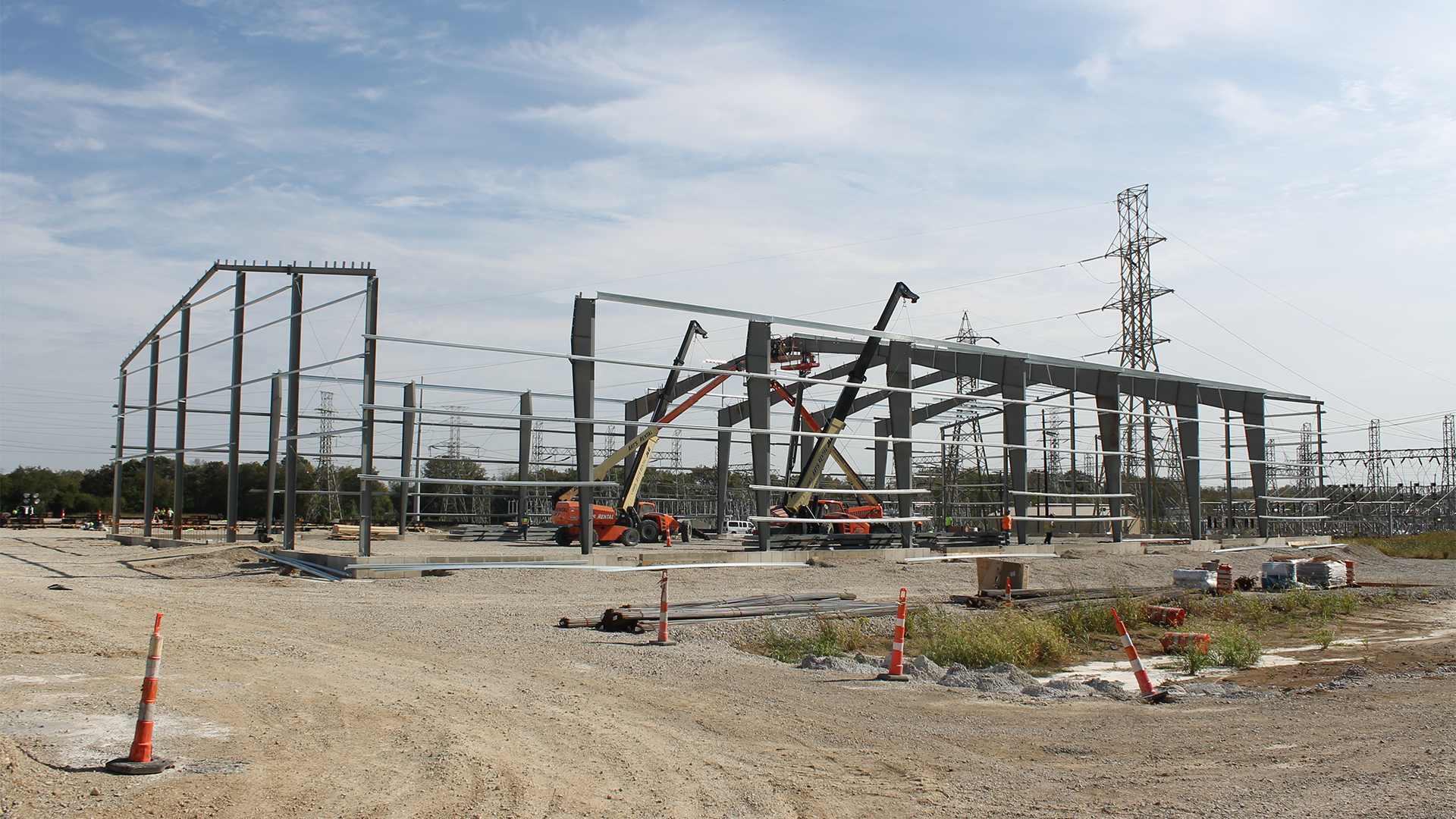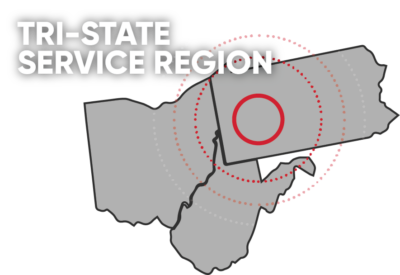Why Sustainability in Steel Construction Matters More Than Ever
What Is Green Steel?
Green steel refers to steel that is produced using lower-carbon methods than traditional steel manufacturing. While conventional steelmaking relies on coal-fired blast furnaces that emit large amounts of CO₂, green steel production turns to cleaner energy sources—like hydrogen, renewable electricity, or recycled materials—to reduce its environmental footprint.
There are two major ways steel is made sustainably:
- Electric Arc Furnace (EAF) Steel: Uses scrap metal and electricity to create new steel, drastically reducing emissions.
- Hydrogen-Based Direct Reduction: A newer method that replaces fossil fuels with hydrogen gas to separate iron from ore, producing far less carbon in the process.
Both methods are transforming the way steel supports green construction goals.
Why Steel Is Already a Sustainable Choice
Before diving into innovations, it’s important to note that steel already has eco-friendly advantages over many other building materials:
- Recyclability: Steel can be endlessly recycled without losing strength. In fact, most structural steel today contains a high percentage of recycled content.
- Durability: Steel buildings last longer, require fewer repairs, and are more resistant to fire, moisture, pests, and severe weather—all of which reduce resource use over time.
- Efficiency: Prefabricated steel components minimize on-site waste and often lead to faster, more efficient builds.
Even traditional steel, when used thoughtfully, plays a major role in sustainable development. But green steel production takes it several steps further.
Steel’s Role in Sustainable Construction Projects
Steel is increasingly used in green buildings, not only because of how it’s made, but because of how it supports energy efficiency and smarter designs throughout the building’s lifecycle.
Features That Make Steel Ideal for Sustainable Projects:
- Tight building envelopes: Metal panels can reduce drafts and heat loss.
- Cool roofing systems: Reflective steel roofs help reduce cooling loads and urban heat islands.
- Solar integration: Steel buildings are ideal for mounting solar panels due to their structural integrity and roof orientation options.
- Adaptability: Steel buildings are easy to expand, reconfigure, or relocate, reducing the need for demolition and reconstruction.
- Minimal waste: Pre-engineered steel buildings (PEMBs) are precision-manufactured off-site, generating far less construction waste than traditional materials.
All of this supports certification standards like LEED (Leadership in Energy and Environmental Design) and other green building benchmarks.
Trends Driving the Rise of Sustainable Steel
As the demand for eco-friendly solutions grows, several key trends are accelerating the adoption of green steel:
- Government Policies and Emissions Targets: Countries and cities around the world are adopting stricter building codes and emissions goals. Sustainable construction practices—including the use of green steel—are becoming mandatory in public projects and incentivized in private development.
- Corporate ESG Commitments: Businesses are setting Environmental, Social, and Governance (ESG) goals that require greener construction methods for facilities, warehouses, and retail spaces. Green steel helps meet those benchmarks.
- Growing Demand for LEED-Certified Buildings: Steel’s energy efficiency, durability, and recyclability make it a common material in LEED-certified projects. Choosing green steel takes this one step further by contributing to carbon-reduction credits and energy performance goals.
- Innovation in Steel Manufacturing: New technologies and production methods are making green steel more scalable and affordable. What used to be a niche product is quickly becoming accessible across a wide range of industries.
How Builders Are Using Green Steel Today
Many builders are already leveraging the benefits of green steel—particularly in commercial, industrial, and institutional construction. Examples include:
- Logistics centers and distribution hubs with solar-ready roofing and insulated steel panels
- Storage facilities that are highly energy efficient and made with recycled steel
- Cold storage and data centers where insulated steel wall systems improve climate control
- Schools and healthcare facilities built with fire-resistant, long-lasting steel frames
Whether it’s a massive warehouse or a small self-storage unit, steel’s sustainability advantages make it a smart, scalable solution.
How Green Steel Impacts Your Project’s Bottom Line
While sustainable building materials are sometimes associated with higher upfront costs, steel construction often reduces expenses over time:
- Shorter build timelines: Less labor and overhead
- Fewer material replacements: Long-term durability and lower maintenance
- Reduced energy use: Lower utility bills
- Lower insurance premiums: Due to fire resistance and structural strength
- Fewer permit issues: Many green steel projects comply more easily with new energy codes
In other words, investing in sustainable steel often pays off through long-term operational savings and a better environmental reputation.
The Future Is Built on Green Steel
As climate concerns continue to shape the construction industry, steel will remain a critical material—thanks to its strength, longevity, and environmental potential. But it’s not just about using any steel—it’s about using it better.
Green steel isn’t just a trend—it’s a transition. One that forward-thinking businesses, architects, and developers are already making. And as costs continue to drop and production scales up, sustainable steel will likely become the standard—not the exception.
Build Sustainably with Red Direct
Looking for ways to build smarter, cleaner, and more responsibly? Red Direct can help you take advantage of the latest in green steel and sustainable construction. From pre-engineered steel buildings to energy-efficient designs, we’re here to help you create a structure that performs better and lasts longer—while protecting your bottom line and the planet.


